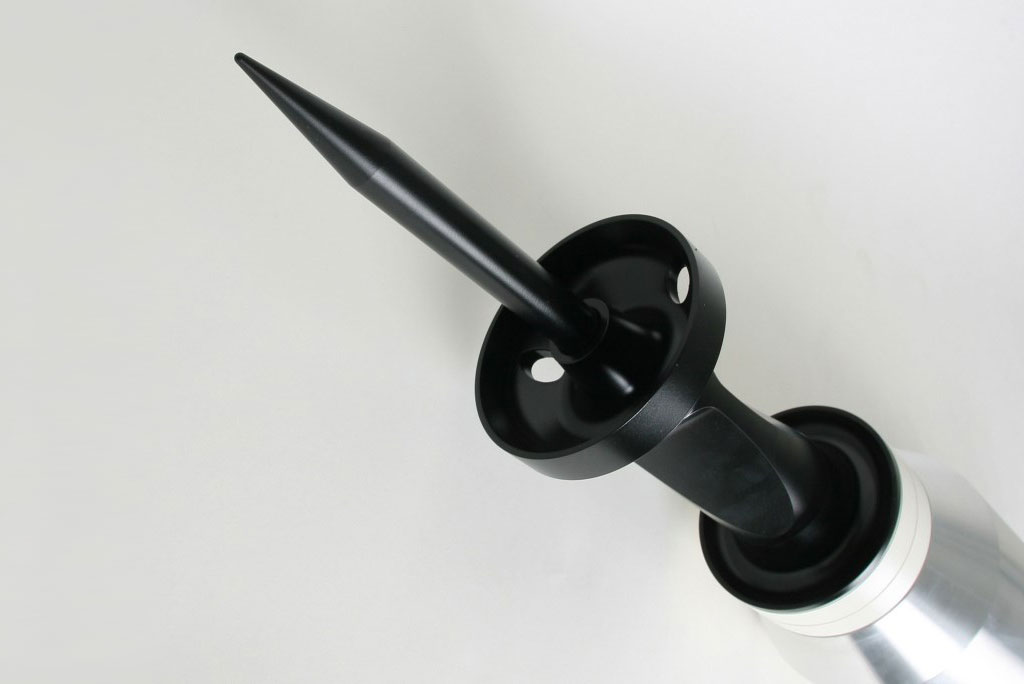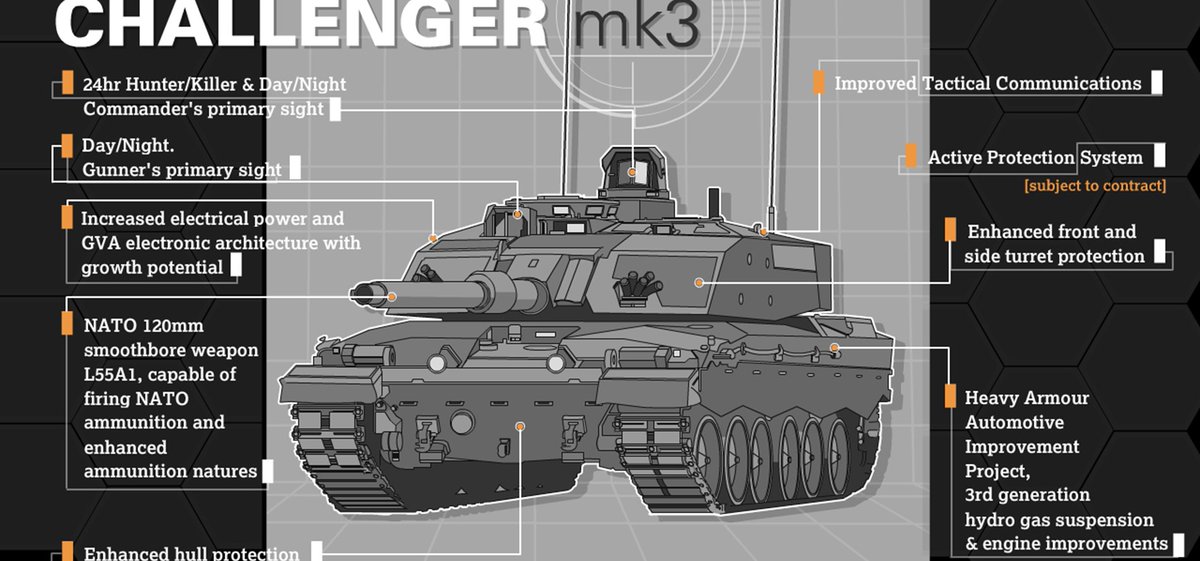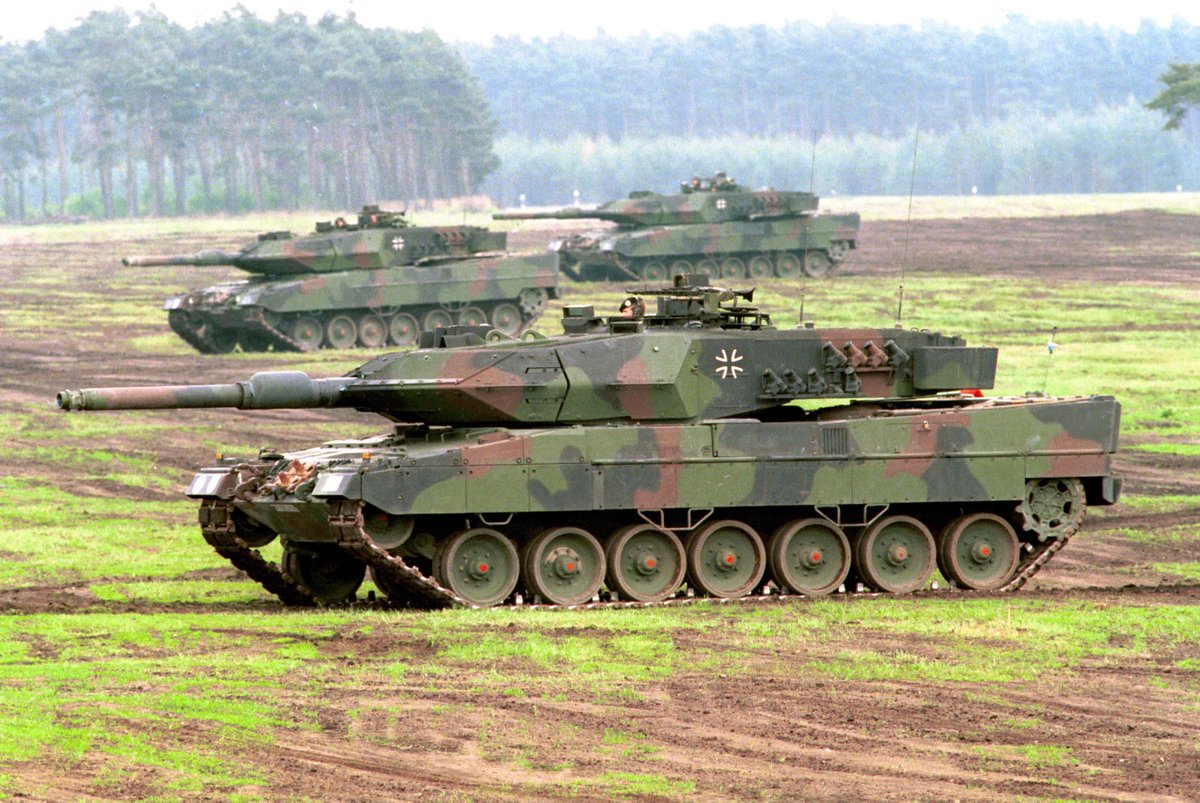
I wanted to respond to the CR3 announcement last week. Those who follow me will know I have an interest to declare here, since I am an advisor to KMW, manufacturer of the Leopard 2A7 and competitor to RBSL. However, the views that follow are my own, not KMW’s.
[1 of 20]
[1 of 20]

First, it’s fantastic news that the UK is retaining a Main Battle Tank capability. Despite the threat posed by loitering munitions and other new battlefield technologies, nothing else provides the shock effect, resilience and sheer brute force that tanks still offer.
[2 of 20]
[2 of 20]

However, we need to ask what is a meaningful number. Reducing the fleet to 148 is only sufficient for two regiments + training sqdn. This seems like tokenism for the sake of compromise rather than a serious attempt to reconfigure the Army around the threats it faces.
[3 of 20]
[3 of 20]

With a reduced army of 72.5K, there is a strong argument for ensuring critical mass across a fewer number of more focused capability areas. If tanks are still relevant, we ought to have a credible number. If not, better to spend our limited resources elsewhere.
[4 of 20]
[4 of 20]

@MungoMelvin and Brig. Ben Barry of IISS have expressed a view that the UK ought to have 250 MBTs. If this is too ambitious, we should maintain the current total of 227, which is sufficient to generate four armoured regiments in two heavy brigade combat teams.
[5 of 20]
[5 of 20]

My own belief, reinforced by discussions with various US Army officers, is that without two properly resourced ABCTs, we would struggle to operate effectively in a US-led coalition. It’s also worth noting that Germany, Spain, France, Italy & Poland each have 200+ MBTs.
[6 of 20]
[6 of 20]

In terms of the LEP itself, it's right that the Army should adopt Rheinmetall’s L55A1 120 mm smoothbore gun. This together with DM11 HEAB and DM63 APFSDS ammunition provides a world class capability, plus commonality with our allies, who all now use smoothbores.
[7 of 20]
[7 of 20]

The British Army identified the need for a 120 mm smoothbore gun as long ago as 2005. It tried to retrofit the L55A1 into the existing Challenger 2 turret, but this wasn’t possible because the larger one-piece smoothbore ammunition needed a different storage solution.
[8 of 20]
[8 of 20]

In other words, if we wanted to adopt a 120 mm smoothbore on Challenger 2, then it would need a new turret. Given a relatively small tank fleet, we should have simply opted to mount either the US M1 Abrams turret or Germany’s Leopard 2 turret on a Challenger hull.
[9 of 20]

[9 of 20]


The problem was Challenger 2 had a smaller turret ring than Abrams or Leopard. So, the only way to do this was to develop a bespoke turret with a smaller basket. This is exactly what Rheinmetall has offered for Challenger 3, using its Revolution turret as the basis.
[10 of 10]
[10 of 10]

It is much to Rheinmetall’s credit that it should develop a new smoothbore turret for Challenger at its own cost. This demonstrated exceptional customer commitment. The total cost of 148 upgraded Challenger 3s is £800 million or £5.4 million per tank = great value.
[11 of 20]
[11 of 20]
The cost of Challenger 3 will be less than acquiring new Abrams or Leopard 2s at around $12-$14 million each. However, the programme total doesn’t include an APS system, support costs or a substantial automotive upgrade. It’s an upgrade at minimal cost.
[12 of 20]
[12 of 20]
Does the new turret have export potential? As @bealejonathan points out, the primary market is Omani Challenger 1. It’s unlikely that any existing Leo 2 or Abrams user would opt for the new CR3 turret as it doesn’t offer additional capability and is more expensive.
[13 of 20]
[13 of 20]
However, there are more 1,000+ American M60s in service with Saudi Arabia, Turkey, Bahrain and Afghanistan. There is also the South African Olifant (based on Centurion). These could all be potential upgrade customers, assuming the CR3 turret isn’t too heavy.
[14 of 20]

[14 of 20]


The Heavy Armour Automotive Improvement Programme (HAAIP) will see a revised Perkins CV12-8A diesel engine fitted to Challenger 3. This has improved air filtration and other reliability enhancements, but disappointingly, the output won’t increase above 1,200 bhp.
[15 of 20]
[15 of 20]

At the point the Army realised a new turret was the only way forward and only 148 tanks were needed, a second-hand purchase of Leopard 2s or M1 Abrams was considered. Unfortunately, no Leopards were available and the Abrams’ thirsty gas turbine was sub-optimal.
[16 of 20]
[16 of 20]

As you can imagine, KMW would have been delighted if the Army had chosen to acquire new-build Leopard 2A7s or the forthcoming Leopard 2A8, which will arrive around the same time as CR3. Despite its age, Leopard 2 has been constantly upgraded throughout its life. But...
[17 of 20]
[17 of 20]

The cost of adopting Leopard 2, including the associated DLODs and training burden, was considered to be too great to justify the switch, especially with MGCS just around the corner. Given finite resources such conservatism is completely understandable.
[18 of 20]
[18 of 20]

An exciting aspect of the Challenger 3 programme is the component technologies. Dstl’s new modular armour and Thales UK’s Catherine family of sensors are exceptional. If the UK joins the MGCS partnership, they would allow it become a valuable industrial partner.
[19 of 20]
[19 of 20]

Ultimately, Challenger 3 is about retaining a credible MBT capability until MGCS is ready. If the programme can effectively balance the requirement with risk and cost, it will not only achieve this goal, but also provide a fitting epitaph to the last all-British MBT.
[20 of 20]
[20 of 20]

• • •
Missing some Tweet in this thread? You can try to
force a refresh















